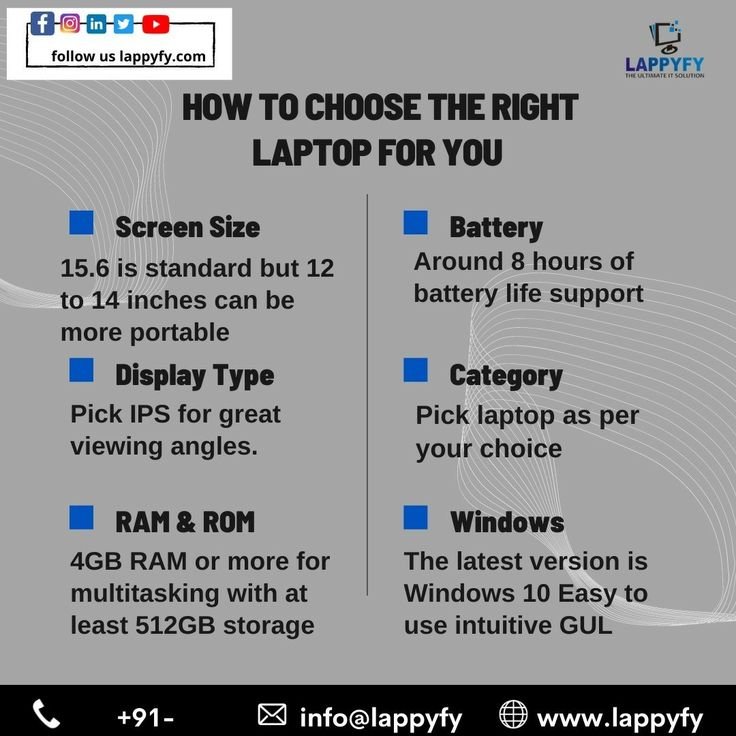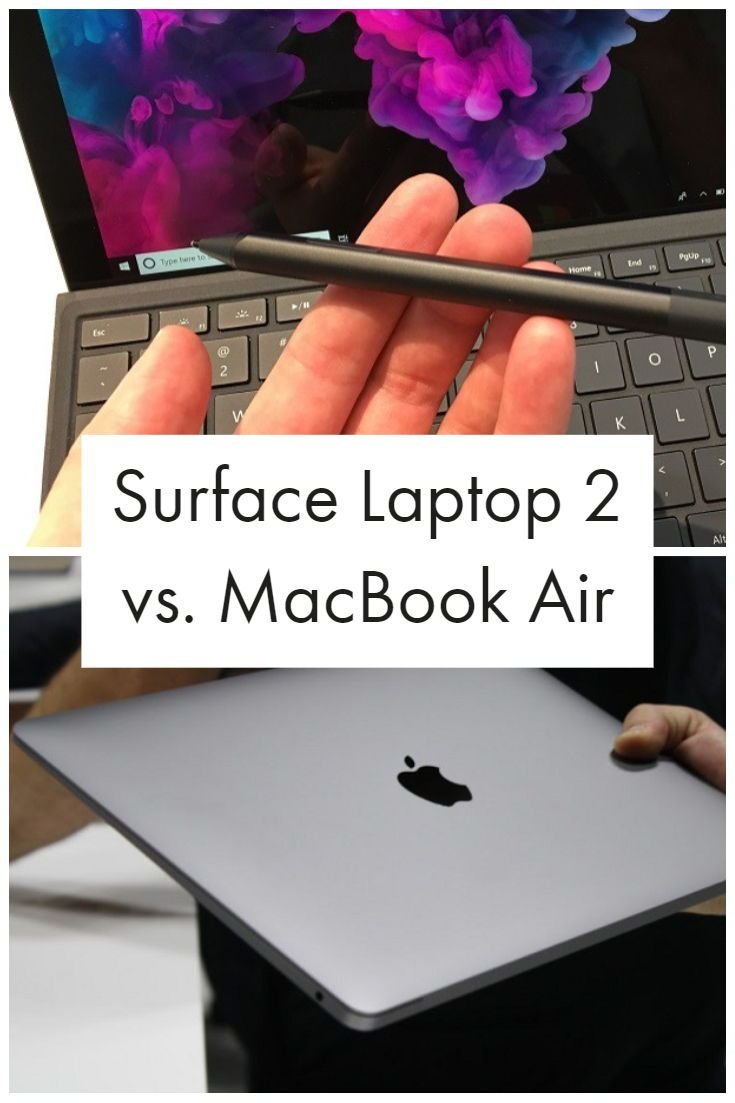Laptops have become indispensable tools in our daily lives, serving as gateways to work, entertainment, creativity, and connection. From sleek ultrabooks to powerful gaming rigs, the laptop market offers a dizzying array of choices tailored to diverse needs. This article dives into the evolving landscape of laptops, highlighting key considerations for choosing the right device, emerging trends, and practical insights for users seeking performance, portability, and value. Let’s explore what makes modern laptops tick and how to pick one that fits your lifestyle.
The Evolution of Laptops: A Brief Journey
Laptops have come a long way since the clunky, briefcase-sized machines of the 1980s. Early models like the Compaq Portable or IBM PC Convertible were groundbreaking but limited, with monochrome displays and sluggish processors. Today’s laptops are marvels of engineering, packing desktop-level power into slim, lightweight chassis. Advances in chip design, battery efficiency, and display technology have transformed laptops into versatile devices capable of handling everything from video editing to machine learning.
Modern laptops owe their prowess to innovations like solid-state drives (SSDs), which deliver blazing-fast storage compared to traditional hard drives, and low-power processors that balance performance with energy efficiency. Displays have also evolved, with OLED and mini-LED panels offering vibrant colors and deep blacks. Meanwhile, connectivity standards like USB-C and Wi-Fi 6E ensure seamless integration with peripherals and networks. These advancements make today’s laptops more capable than ever, but they also make choosing the right one a complex decision.
Key Considerations When Choosing a Laptop
Selecting a laptop involves balancing several factors: performance, portability, battery life, display quality, and budget. Here’s a breakdown of what to prioritize based on your needs.
Performance: Power Under the Hood
The heart of any laptop is its processor, often referred to as the CPU. Intel and AMD dominate the market, with Intel’s Core i5 and i7 chips and AMD’s Ryzen 5 and 7 series offering robust performance for most users. For lightweight tasks like browsing, streaming, or document editing, a mid-range processor like the Intel Core i5-1340P or AMD Ryzen 5 7640U suffices. For demanding workloads—think video rendering or 3D modeling—opt for higher-end chips like the Intel Core i9 or AMD Ryzen 9.
Graphics performance is another critical factor, especially for gamers or creative professionals. Integrated graphics, like Intel’s Iris Xe or AMD’s Radeon, handle everyday tasks well. However, dedicated graphics cards, such as NVIDIA’s GeForce RTX 4060 or 4070, are essential for gaming, graphic design, or AI-driven tasks. When evaluating performance, also consider RAM (8GB minimum, 16GB or 32GB for heavy multitasking) and storage (256GB SSD for basic use, 1TB or more for large files).
Portability: Light and Easy to Carry
Portability is a major draw for laptops, especially for students, remote workers, or frequent travelers. Ultrabooks like the Dell XPS 13 or Apple MacBook Air weigh under 3 pounds and slip easily into a backpack. These devices prioritize slim designs and long battery life, often lasting 10-15 hours on a single charge. However, ultra-portable laptops may sacrifice ports or upgradability, so check for essentials like USB-C, HDMI, or headphone jacks if you rely on peripherals.
For those who need a balance of portability and power, 14- or 15-inch laptops like the Lenovo ThinkPad X1 Carbon or HP Spectre x360 offer a sweet spot. Larger 17-inch models, often gaming or workstation laptops, prioritize performance over portability and can weigh 5 pounds or more. Consider your daily commute and workspace when deciding on size and weight.
Battery Life: Staying Unplugged
Battery life varies widely based on hardware and usage. Laptops with power-efficient chips, like Apple’s M2 or Intel’s U-series processors, can last up to 18 hours for light tasks. Gaming laptops, with their power-hungry GPUs, often manage only 4-8 hours. To maximize battery life, look for devices with larger battery capacities (measured in watt-hours) and efficient displays (e.g., 1080p over 4K for better longevity). Features like adaptive brightness and power-saving modes also help stretch runtime.
Display Quality: A Window to Your Work
A laptop’s screen is your primary interface, so quality matters. Most laptops offer Full HD (1920×1080) displays, which are sharp enough for general use. For creative work, 2K or 4K OLED displays provide superior color accuracy and contrast, ideal for photo editing or video production. Touchscreens, common in 2-in-1 convertibles like the Microsoft Surface Pro, add versatility but may reduce battery life. If you work outdoors, prioritize screens with high brightness (300 nits or more) to combat glare.
Budget: Finding Value
Laptops range from budget-friendly Chromebooks under $300 to premium workstations exceeding $3,000. For basic tasks, Chromebooks or entry-level Windows laptops (e.g., Acer Aspire 5) offer great value. Mid-range options ($700-$1,200), like the ASUS ZenBook or MacBook Air, deliver strong performance and build quality. High-end laptops, such as the Razer Blade or Dell XPS 17, cater to professionals and enthusiasts but come at a premium. Set a budget and prioritize features that align with your needs to avoid overspending.
Emerging Trends in the Laptop Market
The laptop industry is constantly evolving, driven by technological breakthroughs and shifting user demands. Here are some trends shaping the future of laptops.
Foldable and Dual-Screen Designs
Foldable displays, seen in devices like the Lenovo ThinkPad X1 Fold, allow laptops to morph into tablets or compact workstations. Dual-screen laptops, like the ASUS ZenBook Duo, offer secondary displays for multitasking, ideal for streamers or designers. These designs push the boundaries of portability and productivity but often come with a learning curve and higher price tags.
Sustainability and Repairability
As environmental concerns grow, manufacturers are prioritizing sustainability. Companies like Framework offer modular laptops with easily replaceable parts, extending device lifespan and reducing e-waste. Others, like HP and Dell, use recycled materials in their chassis. When shopping, consider brands with strong repairability scores or eco-friendly certifications.
AI Integration
Artificial intelligence is making its way into laptops, enhancing everything from battery management to voice assistants. Intel’s Meteor Lake chips and AMD’s Ryzen AI processors include dedicated AI engines for tasks like noise cancellation or automated photo editing. While still in its infancy, AI integration promises to make laptops smarter and more efficient.
Connectivity and 5G
With remote work and hybrid lifestyles on the rise, built-in 5G connectivity is becoming a game-changer. Laptops like the Lenovo ThinkPad X13s or Samsung Galaxy Book Pro offer cellular options, freeing users from Wi-Fi dependency. This trend is particularly valuable for professionals who need reliable internet on the go.
Practical Tips for Laptop Users
To get the most out of your laptop, consider these practical tips:
- Optimize Performance: Keep your operating system and drivers updated to ensure peak performance. Use tools like Windows Disk Cleanup or macOS Storage Management to free up space. For gamers, tweak graphics settings to balance visuals and frame rates.
- Extend Battery Life: Lower screen brightness, disable Bluetooth when not in use, and close unnecessary apps. Consider investing in a portable power bank for long trips.
- Protect Your Investment: Use a quality laptop sleeve or case to prevent scratches. Regularly clean the keyboard and screen with microfiber cloths and avoid eating over your device to prevent debris buildup.
- Backup Data: Use cloud services like Google Drive or external SSDs to back up important files. Enable automatic backups to avoid data loss from hardware failures.
- Customize for Comfort: Adjust display settings (e.g., blue light filters) to reduce eye strain. Invest in an external keyboard or stand if you work for long hours.
Choosing the Right Laptop for You
With so many options, narrowing down your choice requires clarity about your needs. Students might prioritize affordability and portability, leaning toward Chromebooks or lightweight Windows laptops. Professionals handling intensive tasks, like architects or video editors, should invest in workstations with powerful CPUs and GPUs. Gamers will want high-refresh-rate displays and dedicated graphics, while casual users can opt for versatile all-rounders like the MacBook Air or Dell XPS.
Before buying, research user reviews and compare specs on sites like CNET or TechRadar. Test devices in-store if possible to assess keyboard feel, screen quality, and build. Don’t overlook after-sales support—brands like Apple and Lenovo offer robust warranties and customer service.
The Future of Laptops
The laptop market shows no signs of slowing down. Expect even thinner designs, longer battery life, and deeper integration of AI and augmented reality. As hybrid work and digital nomadism grow, laptops will continue to evolve as hubs for productivity and creativity. Whether you’re a student, professional, or hobbyist, there’s a laptop out there tailored to your needs—it’s just a matter of finding the right one.
In conclusion, laptops are more than just tools; they’re extensions of our personal and professional lives. By understanding your priorities and staying informed about trends, you can choose a device that not only meets your needs but also enhances your daily experience. Happy laptop hunting!



